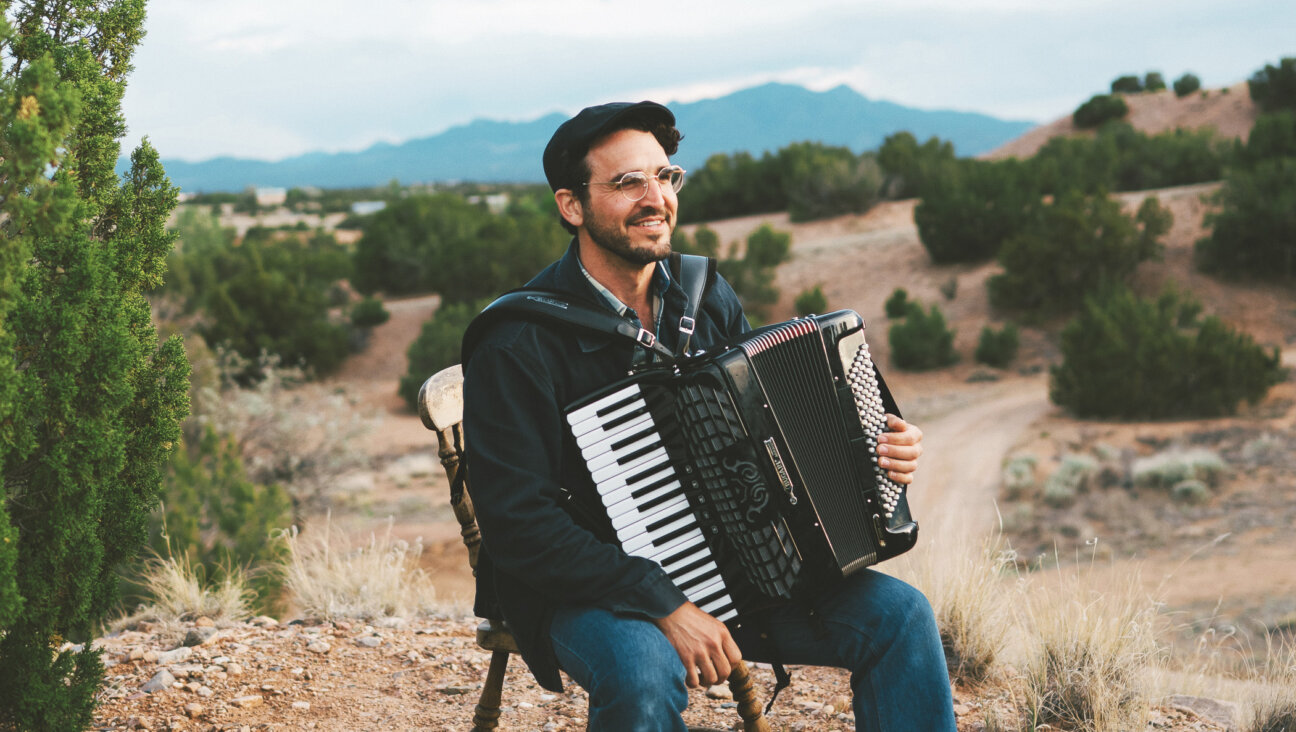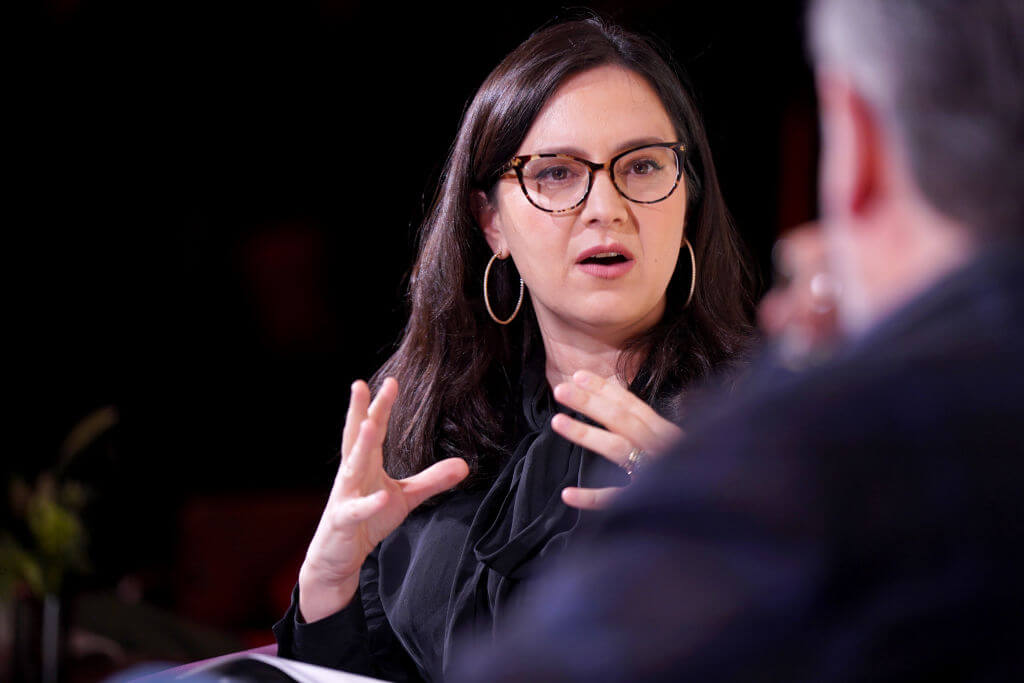Brigham Young University Built A Life-Size Replica Of The Tabernacle

Image by Courtesy Daniel Smith
Just in time for the fall High Holy Days, Mormon Church-owned BYU killed a very large parcel of lawn to make space for a true-to-life-size replica of the Mishkan, the tabernacle of the Exodus.
Blessed with gorgeous and fortuitous autumn weather, tours of the tabernacle booked fast. Tickets were free, but meted out so that tour groups are small enough to get full benefit from looking, touching, and hearing explanations of ancient temple practices. Tours were attended by students, faculty, local residents, and a number of biblical scholars.

Image by Courtesy Daniel Smith
This is not the first replica built by interested Mormons. Several replicas—complete with models of temple implements, menorahs, and arks of the covenant—have been touring various “stakes” (organized groups of congregations) for the benefit of Mormon youth. All of these stakes are in the western U.S., but the experience has been so valuable, that the idea is catching on in many states.
Although most teenage boys in the Church hold the Aaronic Priesthood from age 12 , many don’t fully understand its ancient roots and role in temple worship. This replica gives them a hands-on connection to the remarkable historic role of the Aaronic priesthood.
In addition to the erected tabernacle replica, BYU mounted a display in the building where tours of the tabernacle begin. The display cases show examples of ancient priestly clothing and the relative sizes of the tabernacle, Solomon’s Temple, Herod’s Temple…and the Salt Lake Mormon Temple.
Mormons identify as descendants of Joseph and consider Israelite history to be their own. Mormons spend one year out of four in Sunday School studying the Torah, the Writings, and the Prophets. Next year, 2018, is one of those years.
Modern Temples and Ancient Temples
Mormon temples have much in common with the temples of old. The Mormon Church (The Church of Jesus Christ of Latter-day Saints) now has 157 operating temples around the world with others under construction. The spirit of ancient temple worship is found in modern Mormon temples.
Although Mormon meetinghouses are very plain and have no artwork or symbols in their chapels, Mormon temples are full of visual representations with symbolic meanings. Stars of David are commonly found in temple décor, and here’s one on the front of the Assembly Hall on Temple Square in Salt Lake City:

Image by MillennialStar.org
Because of modern temple worship, Mormons feel very comfortable with the symbolic structure of the ancient wilderness tabernacle. In modern temples Mormons receive instruction on spiritual progression and begin with focus on the law of Moses—repentance and sacrifice—as the foundation of spiritual life. They imagine an eventual progression to the Holy of Holies, where G-d Himself dwells.

















